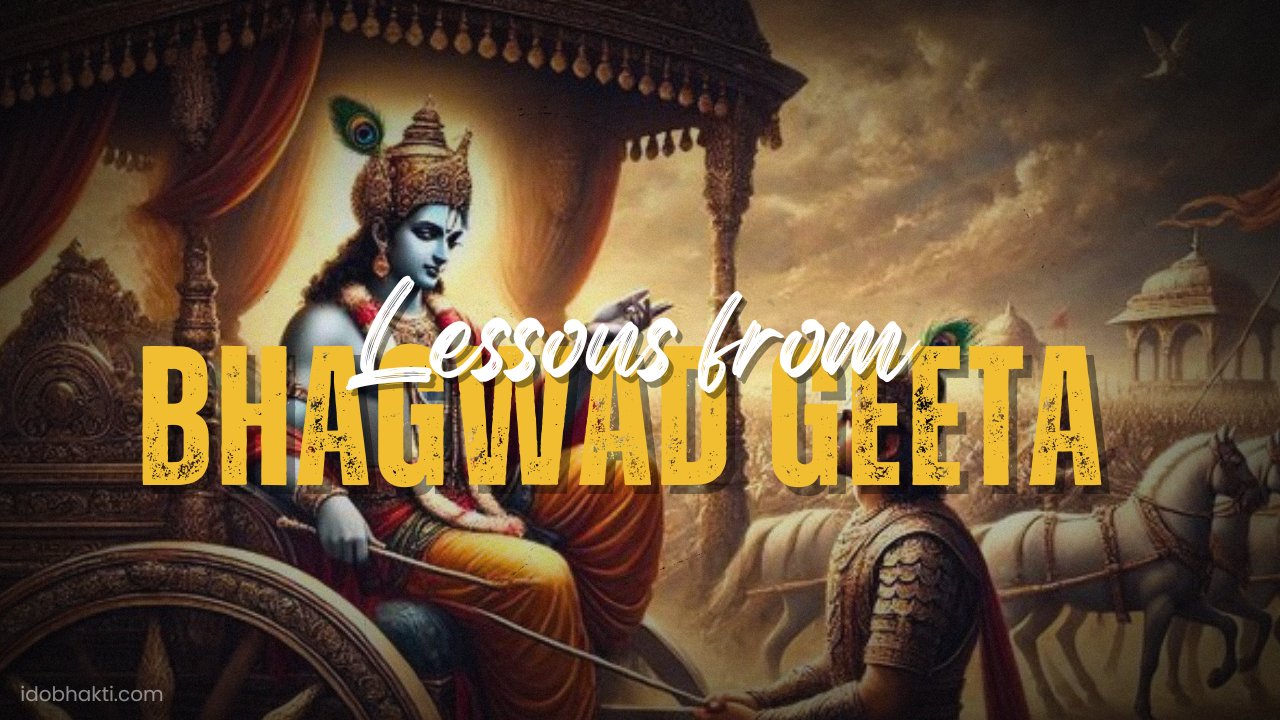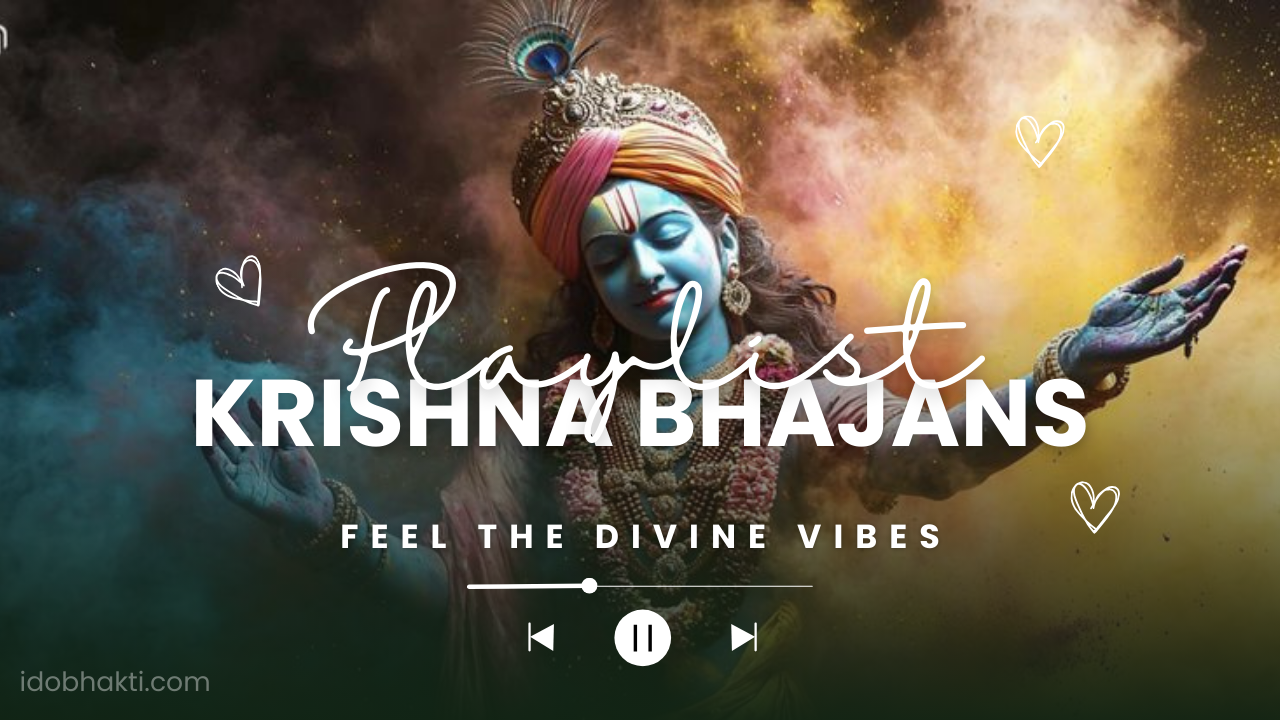


Dev Uthani Ekadashi 2025: Date, Significance, Rituals, and Celebrations
Dev Uthani Ekadashi 2025, also known as Prabodhini Ekadashi, will be observed on November 2, Sunday. It marks the awakening of Lord Vishnu from His four-month divine rest during Chaturmas and is celebrated with fasting, Tulsi Vivah, and special Vishnu pujas. This sacred Ekadashi is believed to remove sins, bring prosperity, and open the path to spiritual liberation.

Introduction
Dev Uthani Ekadashi, also known as Prabodhini Ekadashi, Devutthana Ekadashi, or Dev Uthana Gyaras, is one of the most auspicious Ekadashis in the Hindu calendar. Celebrated on the Shukla Paksha Ekadashi of the Kartik month, it marks the divine awakening of Lord Vishnu after a four-month cosmic rest known as Chaturmas.
According to Hindu scriptures, during the period of Chaturmas (which begins from Devshayani Ekadashi in Ashadha month and ends on Dev Uthani Ekadashi in Kartik month), Lord Vishnu enters a deep yogic sleep on the serpent Sheshnag in the cosmic ocean. During these months, auspicious ceremonies such as marriages, housewarmings, and major rituals are generally avoided. Devotees eagerly wait for Dev Uthani Ekadashi as it symbolizes the end of this sacred rest period, after which all auspicious activities resume.
In 2025, Dev Uthani Ekadashi falls on November 2, Sunday. On this day, devotees perform fasts, pujas, and special rituals to please Lord Vishnu and Goddess Lakshmi. It is also deeply associated with Tulsi Vivah, a symbolic marriage ceremony between Tulsi (the sacred basil plant) and Lord Vishnu (in the form of Shaligram or Krishna).
Mythological Significance of Dev Uthani Ekadashi
The origins of Dev Uthani Ekadashi are deeply rooted in Hindu scriptures like the Padma Purana, Vishnu Purana, and Skanda Purana.
-
Lord Vishnu’s Cosmic Sleep (Yoga Nidra):
It is believed that Lord Vishnu, the sustainer of the universe, enters into a yogic slumber on Devshayani Ekadashi in the month of Ashadha. He rests for four months, while Goddess Lakshmi serves Him patiently. During this time, the universe is maintained by divine order but auspicious celebrations are paused. On Dev Uthani Ekadashi, Lord Vishnu awakens, and cosmic balance is restored. -
Tulsi and Shaligram Marriage:
The sacred Tulsi plant is revered as a form of Goddess Lakshmi herself. According to legend, Tulsi was once a devoted woman named Vrinda, who was cursed and transformed into the Tulsi plant. Lord Vishnu blessed her that she would forever remain pure and worshipped, and once a year, her symbolic marriage with Him would be celebrated. This divine union, performed on Dev Uthani Ekadashi, is known as Tulsi Vivah. -
Restart of Auspicious Activities:
With the awakening of Lord Vishnu, Chaturmas concludes. People once again begin marriages, yajnas, griha pravesh, and other auspicious rituals. Hence, Dev Uthani Ekadashi holds immense importance in social, cultural, and spiritual life.
Spiritual Importance
Fasting and worship on Dev Uthani Ekadashi is believed to:
-
Grant liberation from sins committed knowingly or unknowingly.
-
Open the path of moksha (liberation) by attaining Lord Vishnu’s grace.
-
Bring harmony, prosperity, and happiness into one’s household.
-
Strengthen marital life, as Tulsi Vivah represents eternal devotion and purity in relationships.
-
Ensure blessings of both Lord Vishnu and Goddess Lakshmi, the divine couple symbolizing sustenance and wealth.
Many devotees believe that observing this Ekadashi vrata with full devotion is equivalent to performing thousand Ashwamedha Yajnas in terms of spiritual merit.
Dev Uthani Ekadashi 2025: Date and Timings
-
Date: Sunday, November 2, 2025
-
Ekadashi Tithi Begins: November 1, 2025 – 05:35 PM
-
Ekadashi Tithi Ends: November 2, 2025 – 03:12 PM
-
Parana (Breaking the Fast): November 3, 2025, after sunrise and before 08:40 AM (varies by location)
Note: Parana must always be done after the Dwadashi tithi begins and within the specified time. Breaking the fast at the right time is considered as important as keeping the fast itself.
Rituals of Dev Uthani Ekadashi
1. Ekadashi Fasting
-
Devotees observe a strict fast, consuming only fruits, milk, and water. Some observe nirjala vrat (without food or water) for full spiritual purification.
-
Eating grains, pulses, beans, and certain spices is strictly avoided on Ekadashi.
-
The fast begins at sunrise on Ekadashi and is broken only on Dwadashi after offering prayers to Lord Vishnu.
2. Tulsi Vivah Ceremony
-
Tulsi Vivah is the highlight of Dev Uthani Ekadashi. A Tulsi plant is decorated as a bride with saree, bangles, ornaments, and sindoor.
-
Shaligram (a sacred stone form of Vishnu) or Lord Krishna’s idol is decorated as the groom.
-
A symbolic marriage is performed with traditional rituals, mantras, and offerings.
-
This divine wedding is believed to bring prosperity and marital bliss.
3. Lord Vishnu Worship
-
Devotees wake up early, take a holy bath, and perform puja with incense, lamps, flowers, fruits, and Tulsi leaves.
-
Special bhajans, kirtans, and Vishnu Sahasranama recitations are offered.
-
Devotees chant “Om Namo Bhagavate Vasudevaya” and read Ekadashi Vrat Katha.
4. Charity and Seva
-
Feeding Brahmins, cows, and the needy is considered highly auspicious.
-
Donating clothes, food grains, and money in the name of Lord Vishnu brings manifold blessings.
Celebrations Across India
Dev Uthani Ekadashi is celebrated with immense devotion across India, with regional traditions adding uniqueness to the occasion:
-
North India (Uttar Pradesh, Bihar, Madhya Pradesh, Rajasthan):
Tulsi Vivah is widely celebrated. In cities like Varanasi, Vrindavan, and Ayodhya, grand processions and Vishnu temples organize elaborate ceremonies. -
Maharashtra & Gujarat:
Known as Prabodhini Ekadashi, it is celebrated with enthusiasm. In Maharashtra, processions of Lord Vithoba (a form of Vishnu) are held. Devotees walk barefoot to Pandharpur temple to offer prayers. -
South India:
Devotees observe fasting and recite Vishnu Sahasranama. Temples dedicated to Lord Vishnu and Lord Venkateswara (Tirupati) witness special pujas and cultural programs. -
ISKCON Temples Worldwide:
ISKCON devotees celebrate with Tulsi Vivah, Harinam Sankirtan, Bhagavad Gita recitations, and grand feasts (prasadam distribution).
Tulsi Vivah: Symbol of Purity and Devotion
Tulsi Vivah performed on Dev Uthani Ekadashi carries a deep spiritual symbolism:
-
Tulsi represents devotion, purity, and unconditional love, while Shaligram (Lord Vishnu) represents strength, protection, and sustenance.
-
Their union symbolizes the eternal bond between the devotee and the Divine.
-
Married women perform Tulsi Vivah rituals to ensure harmony and long life of their husbands, while unmarried girls participate to seek an ideal life partner.
Benefits of Observing Dev Uthani Ekadashi
-
Removes past sins and karmic obstacles.
-
Brings peace, wealth, and divine blessings.
-
Enhances marital harmony and prosperity in family life.
-
Awakens spiritual consciousness and devotion towards Lord Vishnu.
-
Leads the soul toward liberation by pleasing Lord Vishnu.
Do’s and Don’ts on Dev Uthani Ekadashi
Do’s:
-
Observe fast with devotion.
-
Chant Vishnu mantras and read Ekadashi Katha.
-
Offer Tulsi leaves in puja.
-
Perform charity and service.
Don’ts:
-
Avoid consuming rice, grains, garlic, onion, and non-vegetarian food.
-
Do not break the fast at the wrong time.
-
Avoid anger, false speech, and violence.
-
Do not pluck Tulsi leaves on Ekadashi (they should be plucked a day before).
Conclusion
Dev Uthani Ekadashi is not just a day of fasting but a divine opportunity to reconnect with Lord Vishnu, Goddess Lakshmi, and the eternal values of devotion and purity. By observing this sacred day, devotees invite prosperity, spiritual growth, and peace into their lives. The symbolic marriage of Tulsi and Shaligram teaches us that true devotion lies in surrender, humility, and love for the Divine.
As the cosmic rest of Lord Vishnu ends, Devotees celebrate the reawakening of auspiciousness, hope, and divine blessings in their lives. In 2025, let us all embrace the spirit of Dev Uthani Ekadashi with pure hearts, fasting, prayers, and the joy of devotion.
Frequently Asked Questions

Chant. Meditate. Repeat: A Daily Guide to Krishna Consciousness

Lessons from the Bhagavad Gita That Will Change Your Life

How to Celebrate Ekadashi: A Beginner’s Devotee Guide

Top 10 Krishna Bhajans for Every Festival Playlist
